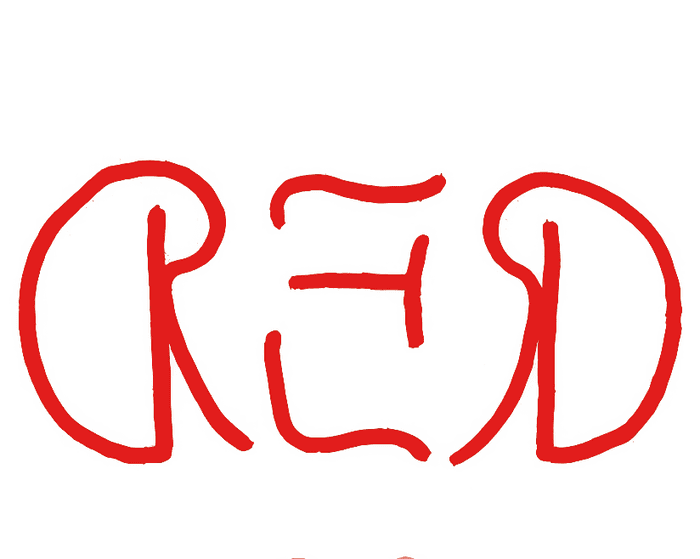
Exploring the Fascinating World of Ambigrams
This article delves into ambigrams—words read in multiple ways. It features puzzles, creative designs, and highlights Douglas Hofstadter's contributions.
Why World Pulse Now?
Global Coverage
All major sources, one page
Emotional Lens
Feel the mood behind headlines
Trending Stories
Know what’s trending, globally
Read Less, Know More
Get summaries. Save time
Multi-Language
Switch languages to read your way
Save for Later
Your stories, stored for later
Live Stats
3,481
154
191
2 hours ago
1-Minute Daily Briefing
Stay sharp in 60 seconds. Get concise summaries of today’s biggest stories — markets, tech, sports, and more
Why World Pulse Now?
Global Coverage
All major sources, one page
Emotional Lens
Feel the mood behind headlines
Trending Stories
Know what’s trending, globally
Read Less, Know More
Get summaries. Save time
Multi-Language
Switch languages to read your way
Save for Later
Your stories, stored for later
Live Stats
3,481
154
191
2 hours ago
1-Minute Daily Briefing
Stay sharp in 60 seconds. Get concise summaries of today’s biggest stories — markets, tech, sports, and more
